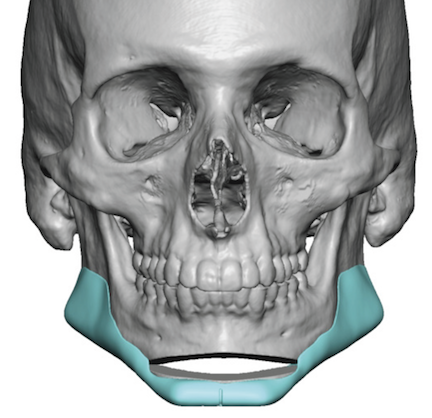Vertical lengthening of the chin is an interesting procedure that entails different considerations than traditional horizontal chin augmentation. It differs because the techniques to elongate the chin are not well known or used as the diagnosis of vertical chin deficiency is frequently overlooked. From a traditional standpoint vertical chin lengthening was perceived as only being able to be done by an opening wedge bony genioplasty. There has not been a chin implant that was able to do so until recently with the vertical lengthening chin implant. (VLC)
Each of these two vertical lengthening chin procedures have their advantages and disadvantages. An opening wedge genioplasty is an autologous procedure that avoids an implant and has few restrictions on how much vertical lengthening can be done. It is however more invasive and it involves a horizontal osteotomy. A vertical lengthening chin implant is less invasive and can better other dimensions with the lengthening if desired. (chin width and projection) Its main drawback is that it is more limited in the amount of vertical lengthening given the tightness of the overlying soft tissue chin pad.
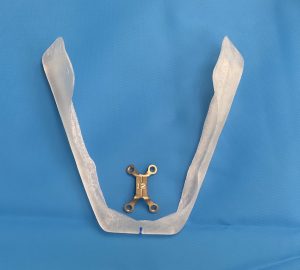
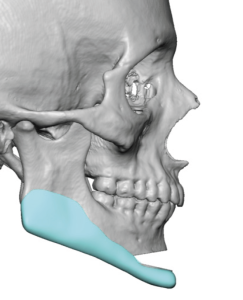
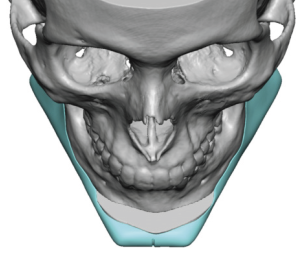
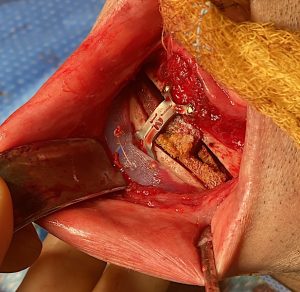
This joint autologous and alloplastic jawline augmentation method has arisen from the need to safely vertically lengthen the chin when a significant amount is needed. My learned rule for the chin is that it can not be safely loaded with an implant when the combined vertical and horizontal lengthening needed exceeds the number of 12mms in a primary augmentation method. This places too much stress in the tight chin pad with an avascular material beneath it. In the opening wedge genioplasty the soft tissue chin pad remains attached to the bottom side of the bone which then safely gets carried down with the bone as the chin is lengthened.
Dr. Barry Eppley
Indianapolis, Indiana

